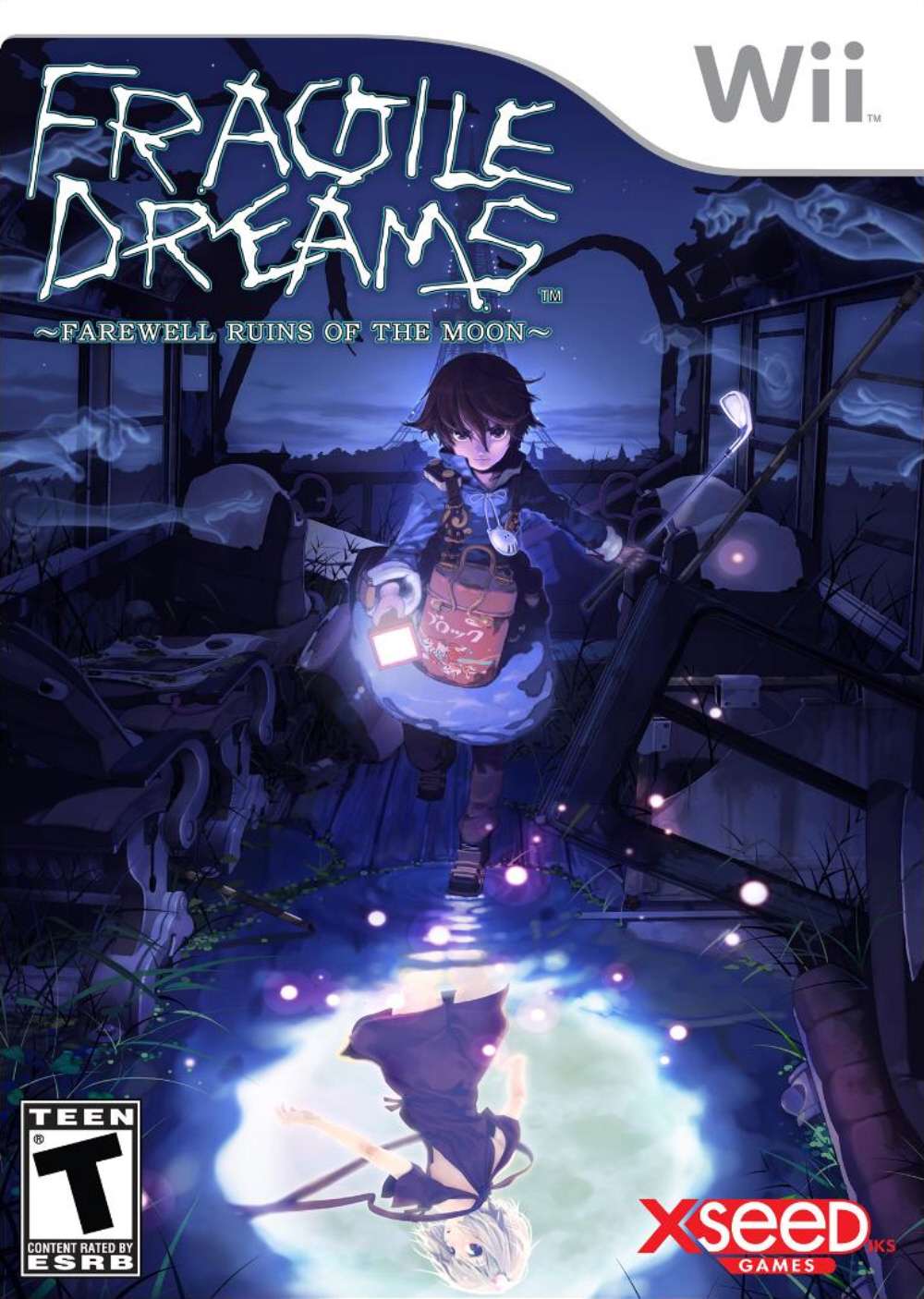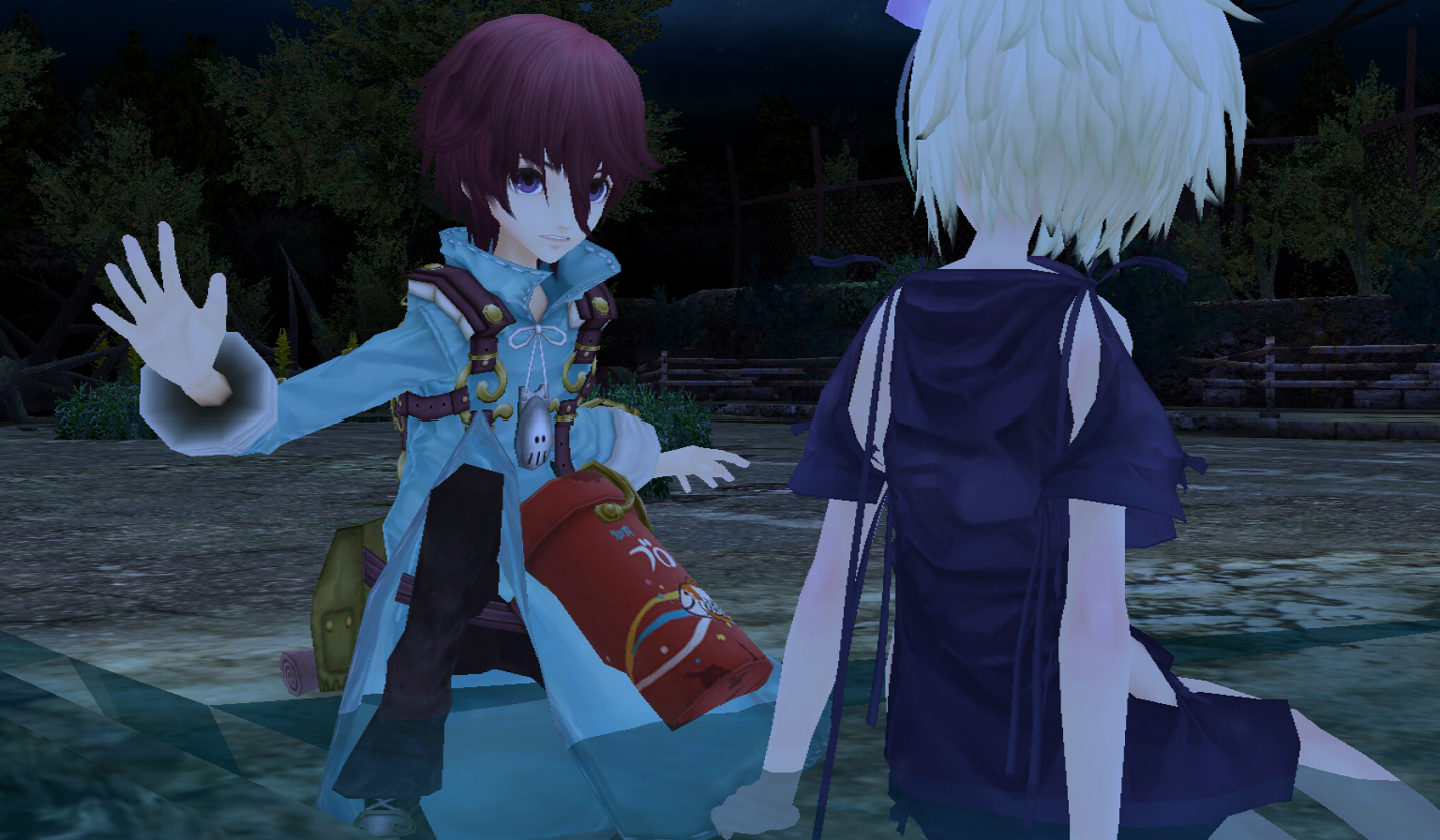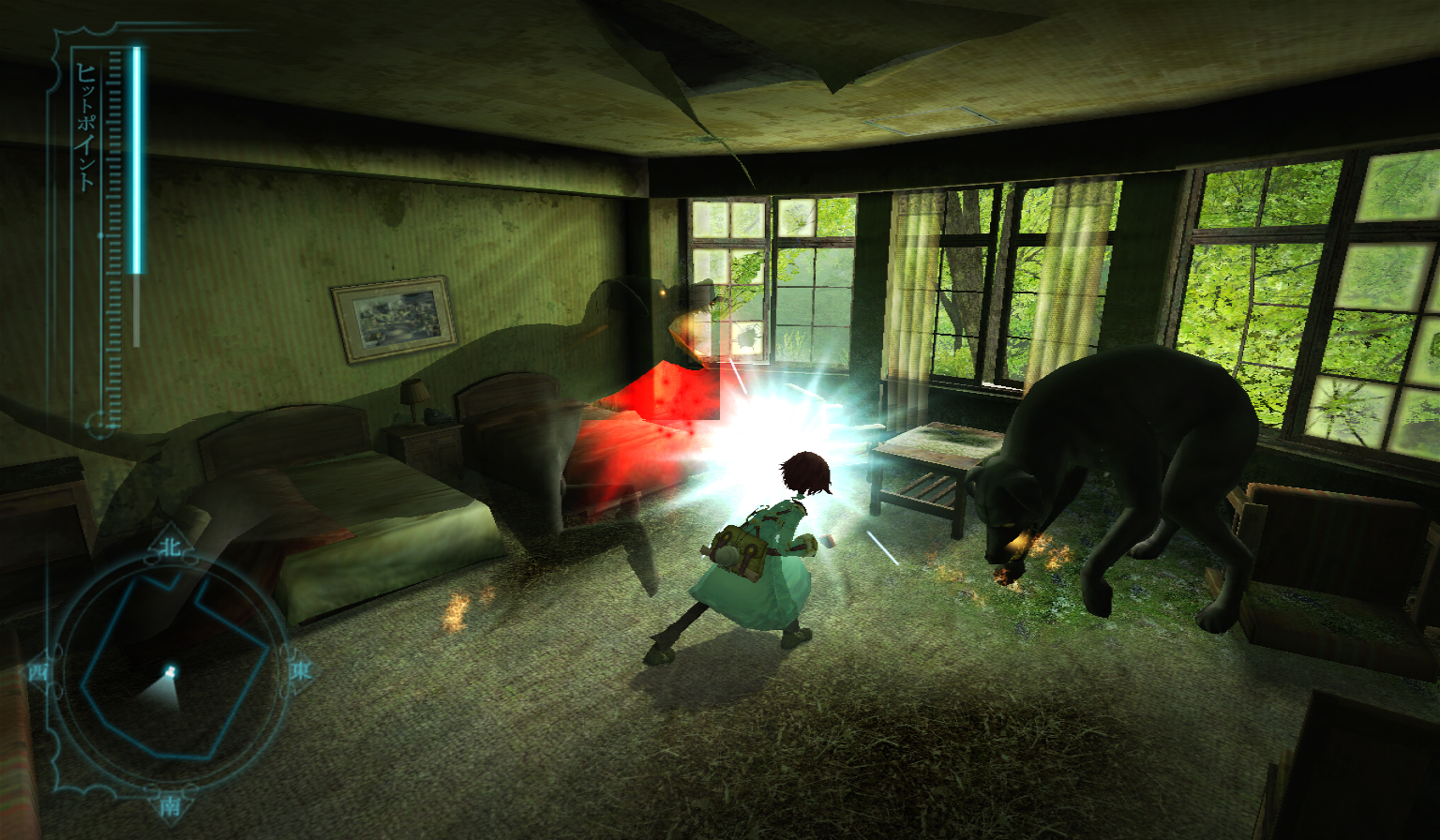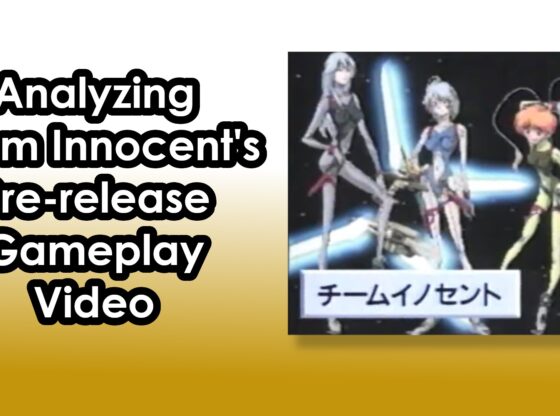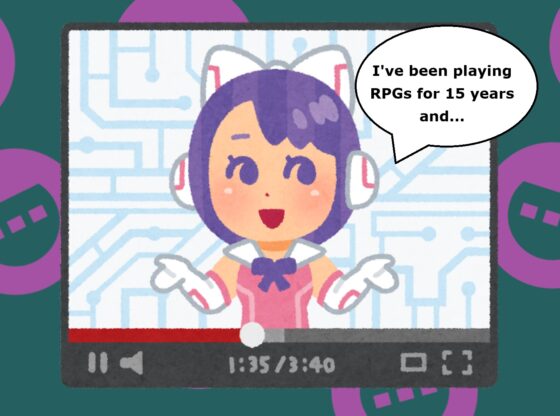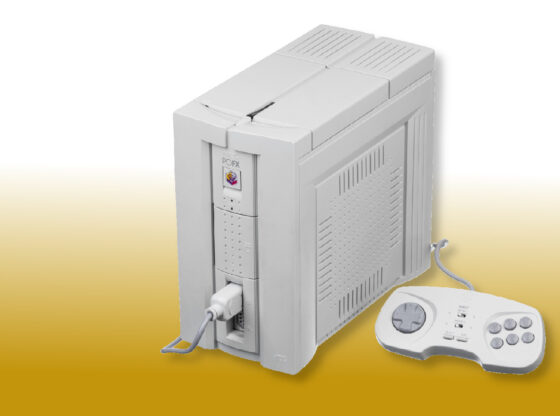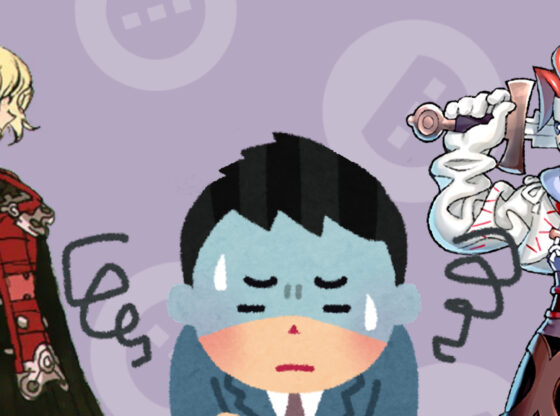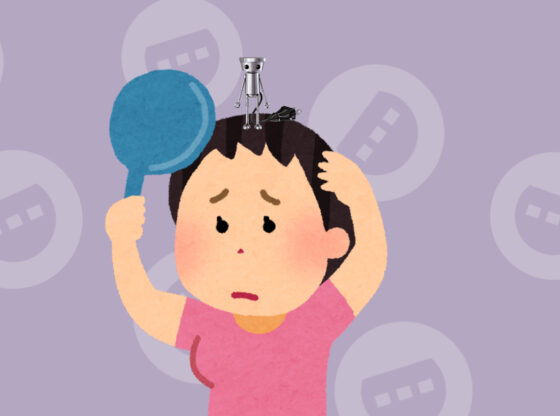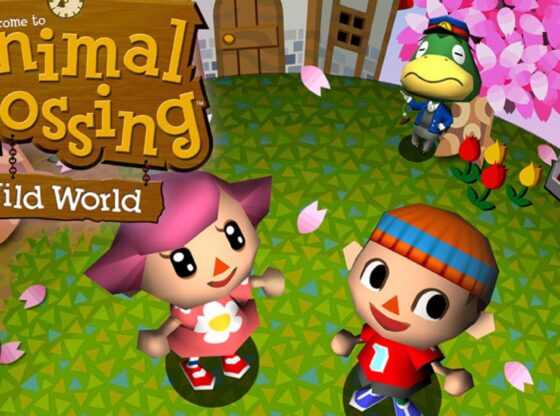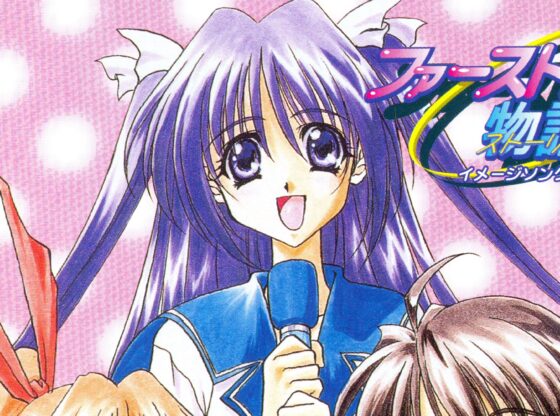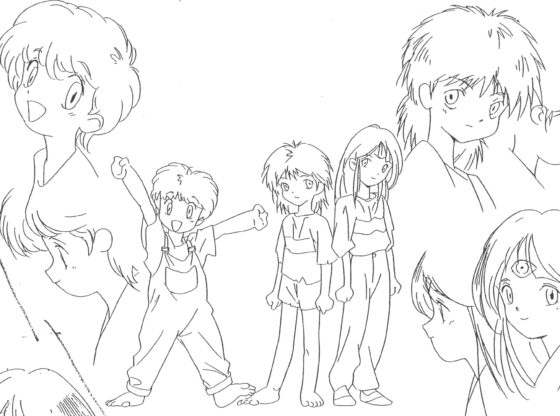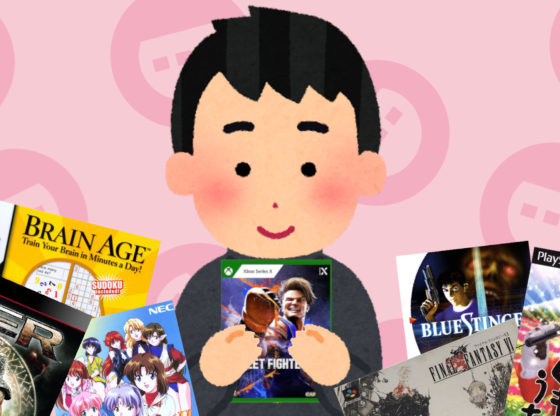Originally posted on Default Prime
Fragile Dreams was one of the first story heavy titles to be announced for Nintendo’s Wii. While a Japanese release was almost certain, for awhile, a North American and European release seemed unlikely. Eventually the title launched in Japan with still no sign of a localization. But over a year after it’s release in Japan, we are finally able to check out the title thanks to publisher XSeed Games. But was the wait worth it?
Fragile is set in a apocalyptic world were few humans survive due to a scientific disaster. Those that have survived are spread out and disconnected from each other. A boy named Seto had been growing up in this world with an oldman who watched over him. During the Summer of Seto’s 15th year, the old man passed away. Lonely and desperate for human interaction, Seto sets off to find other humans with whom he plans on befriending. Early on in his adventure, he spots a silver haired girl. In shock of seeing another human the girl runs away , but Seto chases after her — starting his adventure. Along the way, Seto builds many relationships with other characters who help him seek out the girl.
Despite there being an overarching plot involving the destruction of the world, Fragile’s story focuses more on the relationships between characters. It covers a wide variety of themes including friendship, suicide, love, and more. Coming from a Japanese game, this may sound like a formula for a cliched melodramatic story, but the plot actually pans out surprisingly well. The characters’ reactions feel realistic along with the overall emotion of the title. Seto, while a 15 year old boy, doesn’t carry the whiny stereo type you would expect from some one of his age in a video game. He is a well balanced character with a good bit of confidence, but with a bit of a weak side as well. Some of the dialogue at times can be a bit cheesy, but the amount of it is minimized. Overall, the plot is a bit of a touching story and it knows how to pull at the right chords for some strong emotional scenes.
Aside from the main story, which is delivered via cut-scenes, Fragile’s plot also details the people and the world before, during, and after the scientific disaster. Throughout the environments, Seto will find a variety of items at which he can read memories from. These stories can cover something as simple as a man wanting some coffee, or focus on more heavy topics like the suffering of a dying character. Most of these stories are fairly interesting in their own way, but some can be horrendously boring and lengthy. The less interesting ones are few and far between, but it is hard to ignore them. Thankfully, you can skip them if one is proving to be particularly painful to listen to.
Cutscenes and memories tell you the story directly, but Fragile has another layer of story telling. One of the beautiful things about fragile is the attention to detail in the world you explore. Even if an environment is repetitive and boring, the content on the walls themselves tell a portion of a story. Across the walls, hundreds of unique drawings and messages can be found. Most of the drawings are quick scribbles that look like they were drawn by a kindergartener, but almost every single image found on the walls are unique.
The text on the walls usually are just short phrases, but can tell a bit of a darker side to the story. Notes from children starving to death, last regrets, and more are scrawled across the wall from previous survivors. At times, this text can be a bit troublesome to read because you have to line up with it correctly and zoom in on the wall, but the extra effort feels worth it when you get a little extra bit of story. Unfortunately, some of the text remains untranslated. This probably shows how important a certain piece of text actually was, but it feels a bit disconnecting being able to read one piece of text and then being unable to read the one right beside it. Unless, of course, you can read Japanese yourself.
Voice acting can make or break a game with a heavy focus on story. Thankfully, most of the main character’s voice actors deliver their lines well. If voice acting sounds off, it seems purposely done so to exaggerate their character. The side character’s have some issues though. Specifically in the memories you read, character voices range from mediocre to butchered. Despite the weak side cast, the main characters do a fair enough job to make up for the shortcomings. If it bothers you too much, you can always change to the original Japanese track.
Visually, Fragile, despite being a year old, is one of the better looking Wii games. Large numbers of objects populate the environments and the countless number of drawings on the walls are almost crystal clear. Don’t be too surprised if you run across a blurry texture, but it doesn’t retract from the experience all that much. Some of the lighting effects seem a little basic, but do well in the environment. Where Fragile’s visuals really shine are in the smooth models in combination with smooth facial animations and lip synching. Enemy models, on the other hand, are a mixed bag and often are recycled with a simple change of color. Fragile has an excellent soundtrack, but you rarely hear it. Most of areas have simple ambiance. Instead, soundtrack’s presence is usually found only during cutscenes and enemy encounters.
Level design is a mixed bag in Fragile for both the visual design and level structure. About half of the levels look brilliant and are well designed, while the other half looks bland and are, for the most part, straightforward underground corridors with little to no variety. Fragile is linear in the physical sense, but finds other way to give players a sense of exploration. Returning to the walls again, there is just so much content on the walls it is almost impossible to ignore. While an area may simply be a straight forward tunnel, it still seems like you are exploring thanks to the content on the walls. Taking your time to look at the art and messages really gives each area its own personality. Unfortunately, a handful of sections during the game make you backtrack through a good chunk of the game. Once you walk through previously visited areas, you realize how small and linear the game actually is.
When watching Fragile, it may seem like it is a shining gem, but when you actually play it is when trouble comes. Your Wii Remote acts as Seto’s flash light. So where ever you point on screen, he shines it. This works well when you are moving forward. But once you start going in any other direction, things start to fall apart. Seto is constantly locked in a forward looking position, so you have to turn using the on screen reticule like a first person shooter. Turning is a slow process, and trying to hastily turn corners in combination with the analog stick will sometimes cause Seto to come to a screeching halt. Other issues also plague the simple action of turning. Seto will point at what ever object you are targeting on screen. For example: you need to turn, but half of your screen is covered by a book shelf. If you go to turn left and the left half of the screen is covered by the book shelf, Seto will instead do a complete 180 degree turn and face the bookshelf and slow his movement down to a crawl as he slowly backs away from the bookshelf. These control issues are constantly causing problems, so it’s hard to ignore. Imagine playing the original Resident Evil games, then multiplying the clunkiness of the controls by ten.
The control issues bleed into the combat. Fragile’s combat takes place in real time. Trying to battle with all the issues listed above can become quite troublesome, especially when surrounded. The enemy AI seems to try to compensate for these issues. Often enemies will sit around and do absolutely nothing. It isn’t until much later in the game when enemies seem to fight back more, but even then they still leave themselves wide open to attacks for extended periods of time. But the combat isn’t all bad. There are a large variety of weapons to play with, and you get new weapons at a steady pace. So despite being clunky, combat always feels fresh with new weapons.
Oddly enough, there is only one reason why the controls ended up this way: the flashlight. You can actually point the Wii Remote away from the screen which fixes almost all the issues with the controls. The trade off: you lose the feeling of using an actual flashlight and the ability to, once again, really sit down and look at the environment. In a title where you spend more time exploring the walls rather then the areas themselves, the ability to control the flashlight feels almost essential to the experience.
In terms of content, Fragile doesn’t offer much. The main story takes around 15 hours to complete if you take your time, and there are no alternative modes or difficulties. Completing the game unlocks some concept art, trailers, and a few other extra bits, but there isn’t anything to really dive into. There aren’t really any side quests or anything optional to perform throughout the main story either. What’s is in the main story is what you get, and that is about it.
When it comes to controls and combat, Fragile falls flat on its face. But, the game really shines where it really matters. The story has a significant amount of detail and is delivered to you on so many levels that you basically have a constant stream of it. If you’re looking for a game with smooth combat or one that will give you a 40+ hours of content, Fragile will disappoint. But if you are looking for a memorable story about human emotion and relationships, Fragile will be right up your alley.
Score:8.0
Pros:
- Memorable plot that touches on a variety of themes
- Main characters are well developed
- Character models are some of the best for the system
- Detailed environments that tell a story on their own
Cons:
- Controls are clunky and sluggish even on the most basic level
- Poor enemy AI
- Little to no replay value

